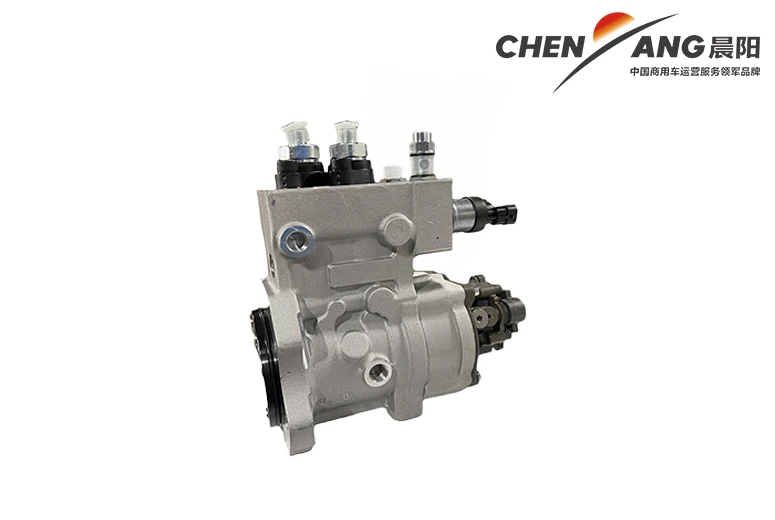Understanding the Function and Importance of Transmission Shift Solenoids in Modern Vehicles
Understanding the Transmission Shift Solenoid
The transmission shift solenoid is a vital component in modern automatic transmissions, playing a crucial role in vehicle performance and drivability. As vehicles have become more sophisticated, automatic transmissions have evolved to deliver smoother, more efficient shifting of gears. The shift solenoid is an electro-hydraulic device that controls the flow of transmission fluid, enabling the automatic shifting of gears based on the vehicle's speed, engine load, and throttle position.
How Transmission Shift Solenoids Work
At the core of the transmission system, the shift solenoid is responsible for directing pressurized transmission fluid to various clutches and bands within the transmission. This action is necessary for engaging and disengaging these components, allowing the vehicle to smoothly transition between gears. The solenoid receives signals from the vehicle’s Engine Control Unit (ECU) and uses them to activate or deactivate based on the current driving conditions.
When the driver accelerates, the ECU determines the ideal moment for a gear shift. It sends an electrical signal to the shift solenoid, which in turn controls the flow of hydraulic fluid through the transmission. This engages the appropriate clutch for the next gear, allowing for a seamless transition. When decelerating or coming to a stop, the solenoid performs the opposite function, ensuring that the vehicle downshifts appropriately for smooth operation and optimal engine performance.
Types of Transmission Shift Solenoids
There are typically two types of transmission shift solenoids on/off solenoids and variable force solenoids.
1. On/Off Solenoids These solenoids operate in a binary manner, either allowing fluid to flow or blocking it completely. They are commonly used in simpler transmission systems and can manage basic shifting between two gears or ranges.
2. Variable Force Solenoids These solenoids offer more advanced control over fluid flow, allowing for gradual engagement of the clutches. They enable smoother transitions and improve the overall responsiveness of the transmission, making them essential for modern vehicles with higher-performance standards.
transmission shift solenoid

Common Issues and Symptoms
Like any mechanical component, transmission shift solenoids are susceptible to wear and damage over time. Common symptoms of a failing shift solenoid can include
- Delayed or Harsh Shifting If the solenoid is malfunctioning, it may not respond promptly to signals from the ECU, leading to hesitations, or a harsh shift feeling when changing gears. - Stuck in Gear A faulty shift solenoid may cause the transmission to get stuck in one particular gear, leaving the driver unable to shift up or down as needed. - Fluid Leaks Transmission fluid leaks can occur if solenoids develop faults, leading to inadequate lubrication and cooling of the transmission system, further exacerbating any issues.
Diagnostic and Repair
To diagnose problems with a transmission shift solenoid, automotive technicians often use diagnostic tools and codes retrieved from the vehicle’s onboard diagnostic system. Regular maintenance is crucial to prevent solenoid failure; this includes checking the transmission fluid levels, changing the fluid regularly, and inspecting for any signs of wear.
If a shift solenoid replacement is deemed necessary, it’s crucial to use quality parts, as inferior components can lead to more issues down the line. In many cases, repairs can be performed without a full transmission rebuild, saving time and money for vehicle owners.
Conclusion
In summary, the transmission shift solenoid is an essential part of an automatic transmission system, contributing significantly to the efficiency, performance, and comfort of driving. Understanding its operation, recognizing symptoms of failure, and conducting regular maintenance can ensure that your vehicle remains responsive and reliable on the road. Proper care and timely repairs can extend the life of your transmission system, making the shift solenoid a key player in vehicle longevity.
-
SINOTRUK HOWO 84 Electric Dump Truck for Eco-Friendly Heavy HaulingNewsJul.26,2025
-
The Fast 16-Gear Manual Transmission Assembly for Heavy TrucksNewsJul.25,2025
-
Mercedes Benz Actros 1848 42 Tractor Truck for Sale - Reliable PerformanceNewsJul.24,2025
-
High-Quality Water Pump Assembly for Sinotruk Trucks – Durable & ReliableNewsJul.23,2025
-
Premium Truck Engine Antifreeze Coolant Fluid for Heavy Duty VehiclesNewsJul.22,2025
-
FOTON View G7 Mini Bus: Affordable & Spacious TransportNewsJul.22,2025
Popular products

























